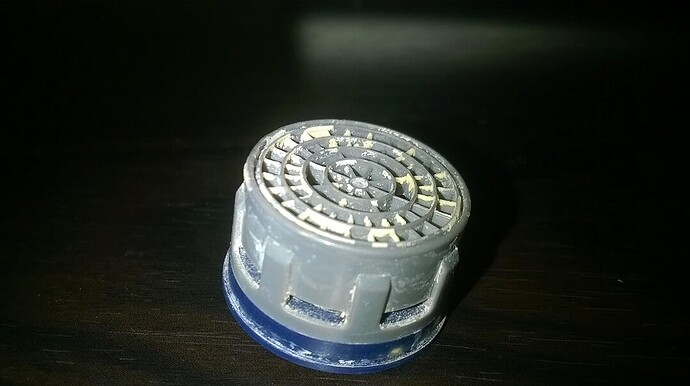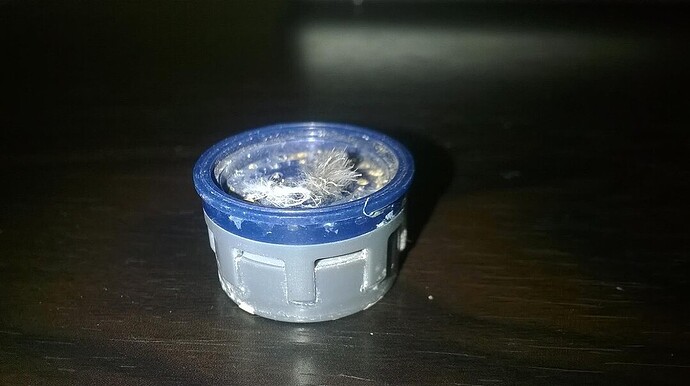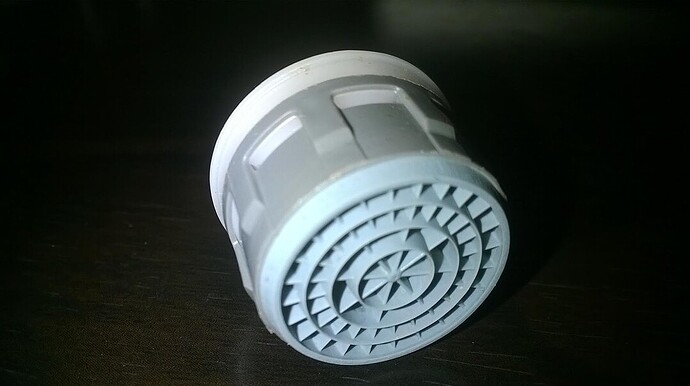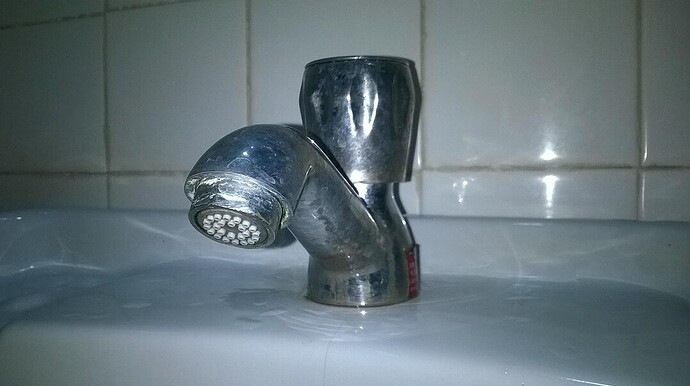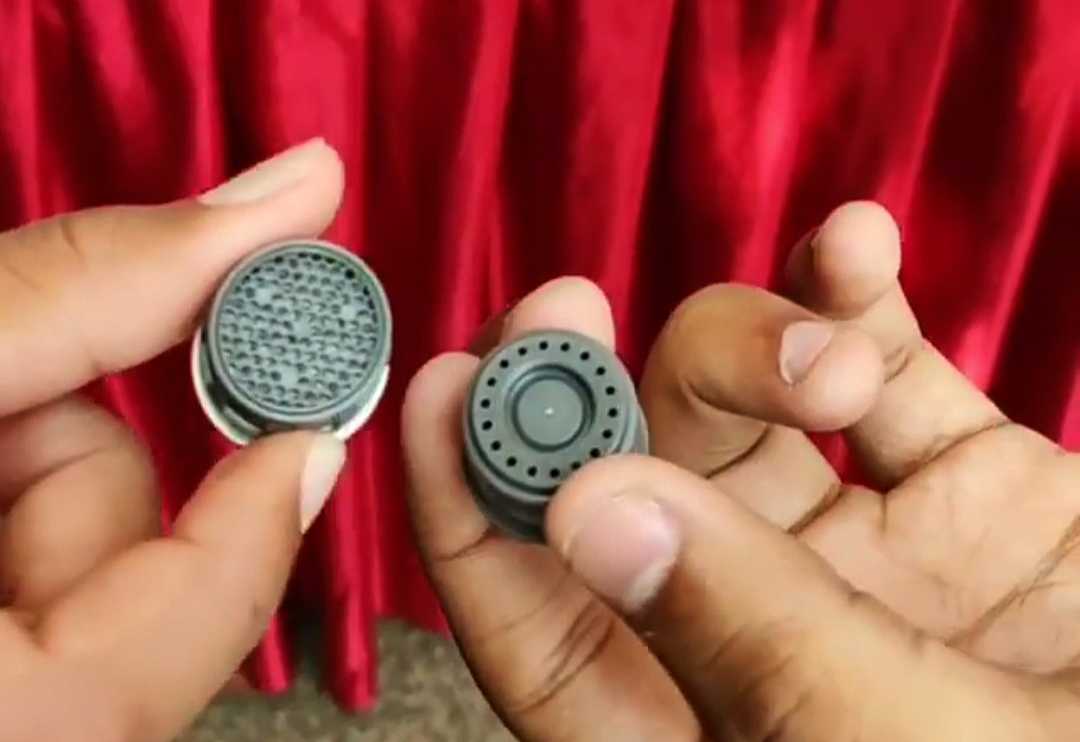Usage Point Optimization (UPO)
Why
Water is one of the most subsidized resources we use everyday. The BWSSB discounts each 1,000 litres of water by about Rs 30, charging us only Rs 6. At home or school, we use water sourced from taps for many uses like hand wash, mopping etc. While we cannot limit the extent by which the tap is opened, we can control the flow of water out of the tap, resulting in water savings to the tune of 50-60%. It is also the easiest intervention, which anyone can implement at school, home and in the community.
The Need
- Hard water increases maintenance cost: Taps usually come with UPOs, but these are made from plastic. When used with hard water, salt formation happens at the tip/outer most point at which the water leaves the tap, over time, blocking the outlets and reducing flow of water as shown in the image below.
They also get blocked easily, like shown in the image below. Notice the salt formation at different points of the UPO.
These are also generic, allowing about 7.5 litres out of the tap each minute. For many uses, this flow is in excess of the actual need.
- Water pressure varies. Water in higher-pressure results in higher flow, making the usage of water an non-uniform experience.
Types of UPOs
There are 3 basic types of UPOs.
- Fans
Cheap and easily available, these UPOs have small fans, which spin due to the flow of water. (With a speed that varies proportionally with water pressure). This gives the user a psychological impression of using more water, when the amount of water being released is actually reduced.
See this video:
Can be used on all types of taps as it is an externally fitted piece of equipment…
- Aerators
The examples of the salt blocked UPOs are Aerators. The vents in the side allow for air to be sucked into the device in the gap between the ring and the Aerator and mixed with water as it is released. The bubbled water is less in quantity (about 3-4 litres per minute) but gives the feel of increased flow, and will not splash, as non-aerated water will. It also regulates the flow of water.
Our UPO (Aerators) have these unique features:
- Rubber tips: When used with hard water, the salt formation is in the tip on the rubber. When it gets blocked, one can easily rub the rubber tip, loosening the salt formation that once water is released, the flow is as good as when new.
- Neoprin rings: Water pressure varies from building to building, and in cases, tap to tap. Higher the pressure, more the water is pushed through the tap, and also the UPO. With these long lasting rings, we ensure that the opening, which lets water through, flexes based on pressure, allowing a constant flow across all taps.
- Better filters that don’t let grime/dust affect the flow of water.
Can be used on taps which have metal rings in their tips.
- Flow Restrictors
These devices do not aerate the water. They only reduce the flow of water. These can be used in any tap – from the normal ones seen in any tap to one with a ring in the tip where the flow restrictor sits.
| Type of Flow Restrictor | Type of Tap it fits into |
|---|---|
Propeller goes into the tap, with the rubber top sitting outside the threaded inlet of the tap. Thus, the rubber ring faces the inflow of water.|
|
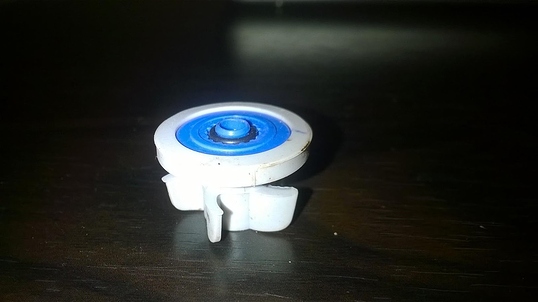
|
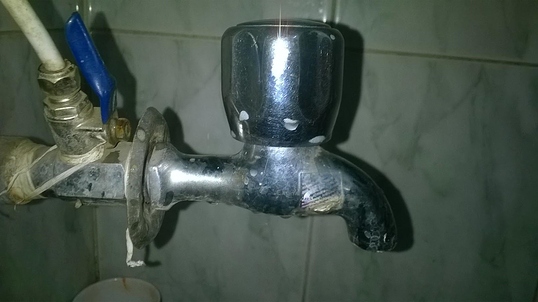
!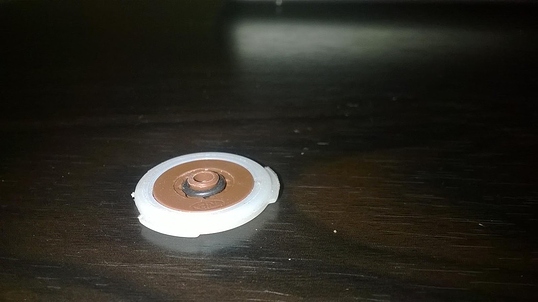
Sits inside the ring connecting the health faucet/tap to the water pipe. The rubber ring faces the towards the inflow of water.|
|
![]()
|
![]()
The image depicts how the UPO(flow restrictor) sits.|
How to install and evaluate the benefits
Watch these 2 youtube videos:
- How to install the UPO https://www.youtube.com/watch?v=RrmsZknFHf0&index=4&list=PL7sGhv37kKwuUTGdjvknltitG5hKz_FFW
- How to calculate the impact of using the UPO
